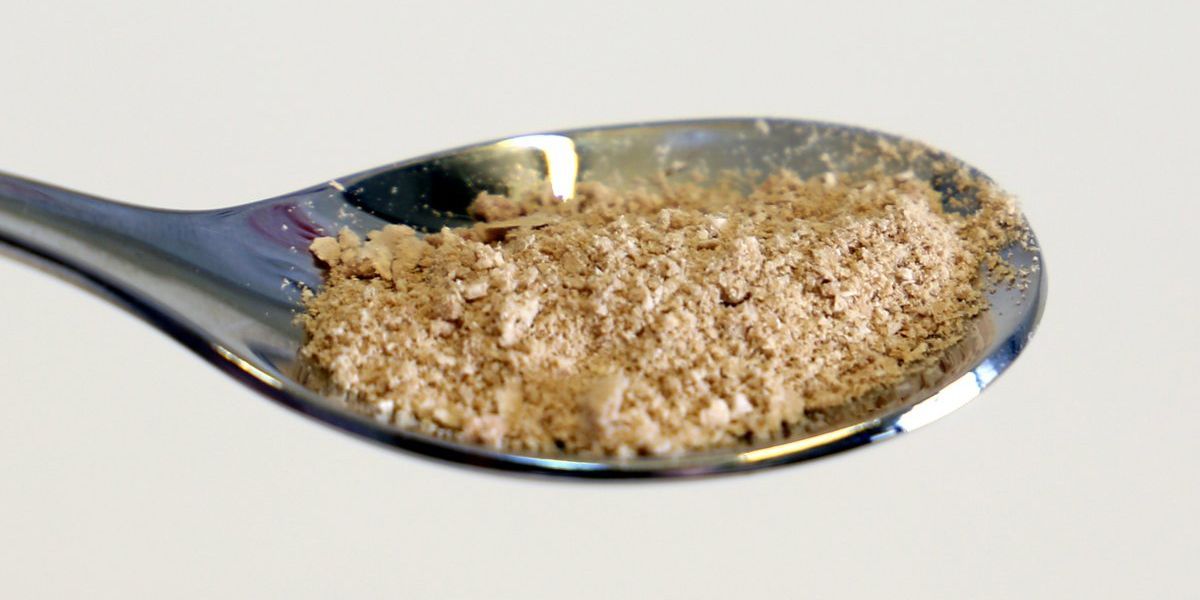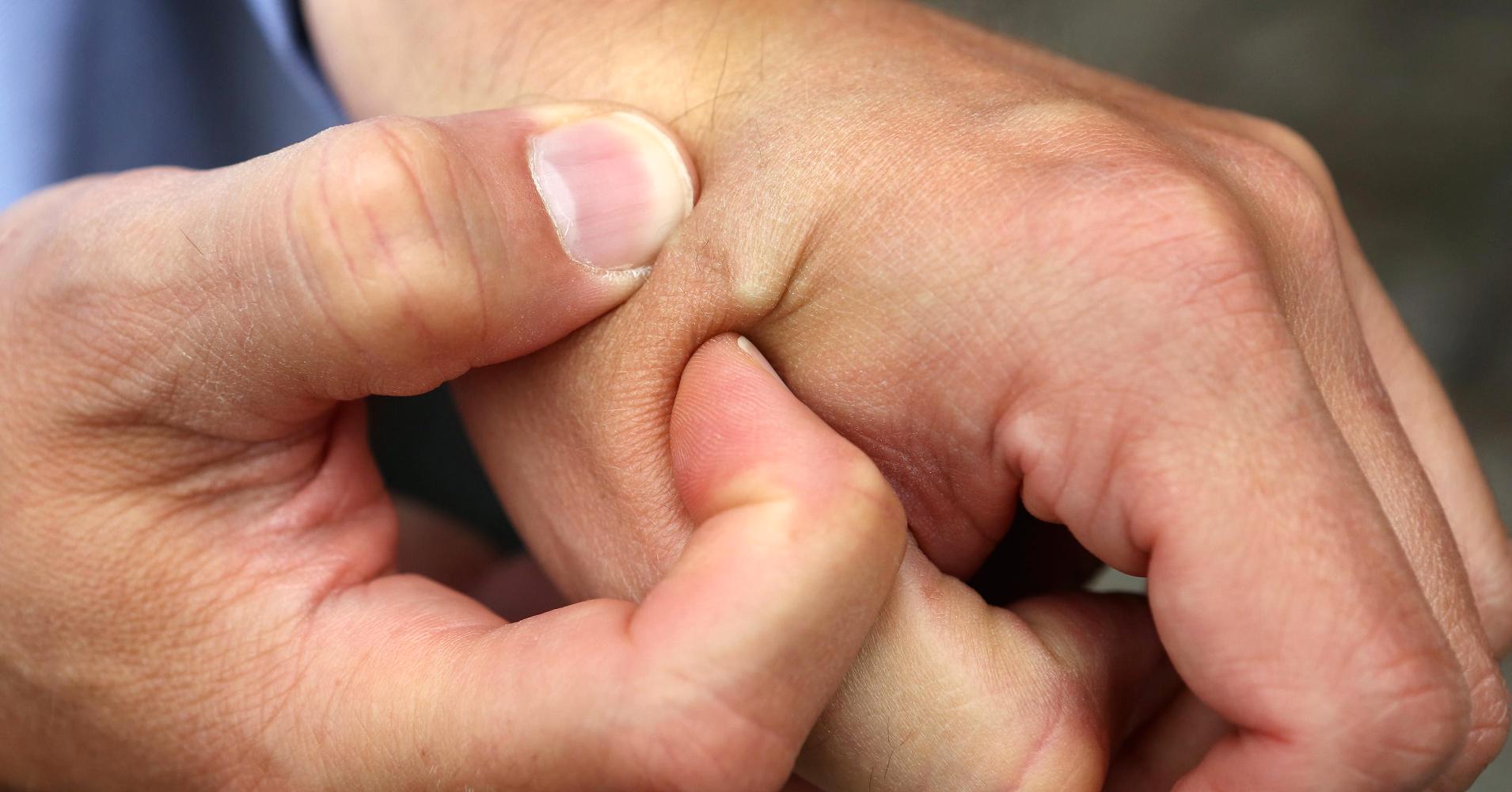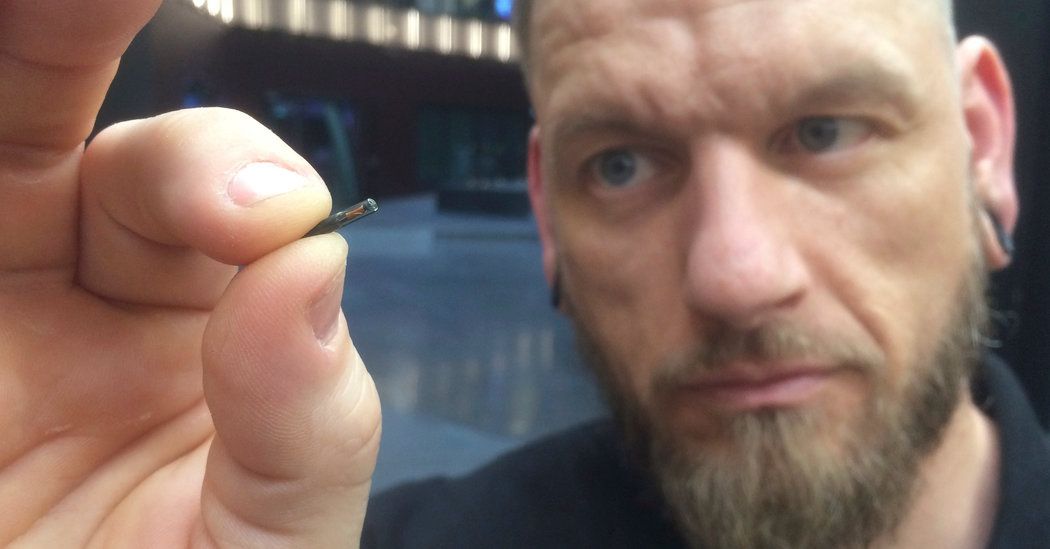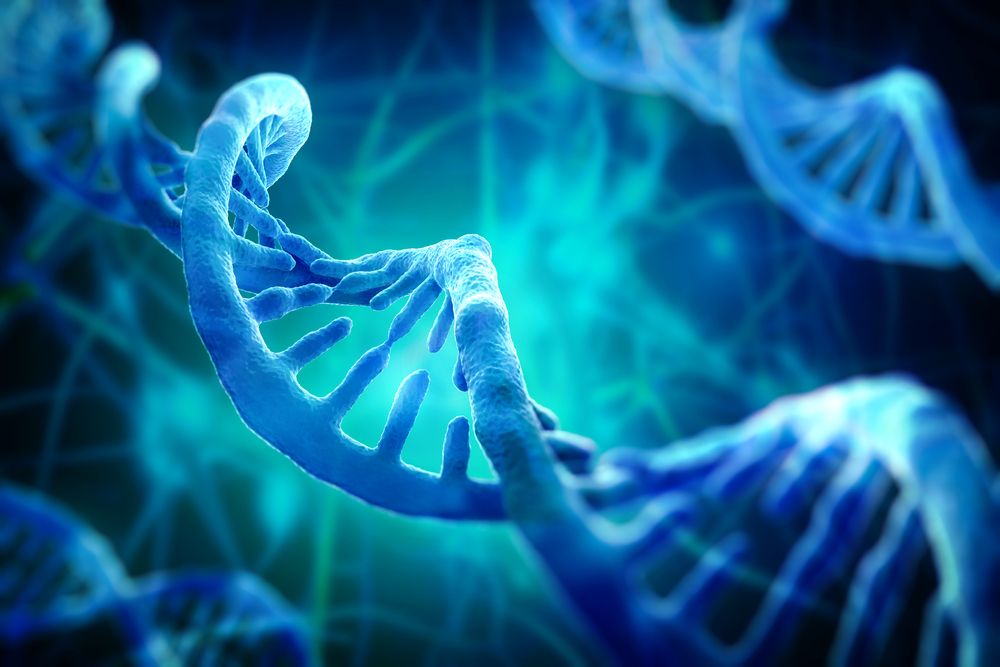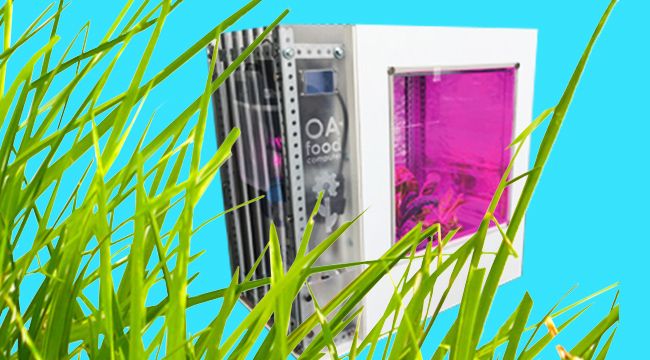A batch of single-cell protein has been produced by using electricity and carbon dioxide in a joint study by the Lappeenranta University of Technology (LUT) and VTT Technical Research Centre of Finland. Protein produced in this way can be further developed for use as food and animal feed. The method releases food production from restrictions related to the environment. The protein can be produced anywhere renewable energy, such as solar energy, is available.” In practice, all the raw materials are available from the air. In the future, the technology can be transported to, for instance, deserts and other areas facing famine.
